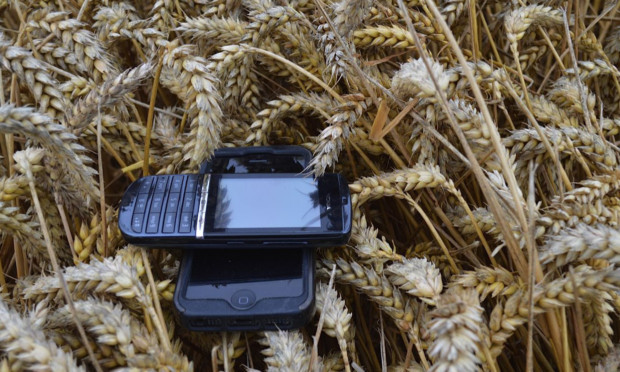About 20 years ago I invited one of Scotland’s leading soil experts, Ron Spiers, to my crop group at Balmanno, Bridge of Earn, hosted by John Bruce.
Ron had already been part of a large-scale drainage demo at Balmanno some years before so was well aware of the difficulties in managing such a wide range of soil types even within fields.
He also at that time ran the SAC soil testing lab so was aware of the problems of maintaining soil pH at a constant 6.2 across whole fields.
Indeed the only reason SAC use 6.5 as a so-called norm is that by doing so it might just be possible to achieve an average of 6.2.
We were told that with advancing technology there could be a day when a machine would be invented that could pass up and down fields taking pH readings along the way.
If that were to happen, then at last farmers could have accurate field pH maps and apply lime accordingly.
With this year being the UN International Year of Soils, how appropriate that 20 years on in New Zealand I have found just such a machine.
Just north of Timaru and towards the coast are some of the most fertile soils in New Zealand.
This is where Michael Taylor farms and is also where a new company, Smart Ag Solutions, has its headquarters.
Michael and two fellow enlightened farmers have imported and set up a Verris MSP 3 soil scanning and pH on-the-go sampling rig.
This rig is similar to soil texture measuring machines already in use in Scotland with the one fantastic addition it measures soil pH as it crosses the field.
The client farmers will receive three maps for every field a soil texture map, a soil organic matter map and a soil pH map.
The cost is $72 per hectare or £35/ha.
One word of warning the machine does not like stones so not every field may be suitable.
Even our own Jim Wilson of Soilessentials has met Michael and was suitably impressed.
Jim, you may recall, believes that the first objective farmers should achieve along the road to precision farming is to have an even pH across fields.
Michael and Smart Ag make perfect sense to me but the biggest objection to having this superb system being adopted across New Zealand as well as Scotland is that of vested interests.
I find it quite amazing how well respected farmers seem happy to pay for grid soil sampling based on one hectare grids.
To my mind this is a total waste of money as it is only 70% accurate, according to BASIS, HGCA and SRUC.
So if such a system is being used on your farm please bear in mind that for every 100 tonnes of lime you apply you will either be applying 30 tonnes too much or 30 tonnes too little.
Bear in mind that after speaking to Michael I asked to take some pictures of a crop of wheat being harvested.
The yield was estimated at 14.5 tonnes per hectare which had to be about right.
The crop was so thick that it could hold both an iPhone and my Nokia phone placed on top without budging.
With such massive crops being sold at NZ $400 ex-harvest and no drying required then NZ $72/ha for three essential maps makes perfect sense.
